This article was co-authored by César de León, M.Ed.. César de León is an Educational Leadership Consultant and currently serves as an Assistant Principal for the Austin Independent School District in Austin, TX. César specializes in education program development, curriculum improvement, student mentorship, social justice, equity leadership, and family and community engagement. He is passionate about eradicating inequities in schools for all children, especially those who have been historically underserved and marginalized. César holds a Bachelor’s degree in Education and Biology from Texas State University and a Master’s degree in Educational Leadership from The University of Texas at Austin.
This article has been viewed 26,938 times.
Students with behavioral and academic difficulties typically have limited awareness and understanding of their own behavior and its effects on others. As an educator, it is imperative for them to monitor, address, and develop strategies for both the teacher and student to implement into the daily routine to reduce and substitute the problem behavior with an accepted replacement behavior.
Steps
-
1Before the educator can develop a strategy to reduce, substitute, or eliminate a problem behavior, the antecedents need to be determined. For example, a child who is mismatched with the instruction (the material is too difficult or too easy), the lesson is planned poorly and disorganized, or there are adverse influential factors in the classroom setting. All of these situations can cause the child to react in an inappropriate manner. It is the teacher's responsibility to be prepared and make sure that there are no poor transitions or opportunities for the students to be off task.[1] Another influence that might cause misbehaving are cognitive disorders, such as Attention Deficit Hyperactive Disorder (ADHD). All of these symptoms or reasons as to why students can get off topic is the teacher's responsibility to address and prevent them from happening. [2]
-
2Noticing the behavioral disorders and recognizing them before they occur is beneficial in preventing and reducing misbehaving. They become apparent when the student displays a repetitive and persistent pattern of behavior that results in significant disruption in other students. Such disturbances may cause significant impairments in academic and/or social functioning.[3] When adjusting and recognizing inappropriate behaviors early on, students can learn strategies to cope with adverse situations that result in problem behaviors since such a behavior pattern is consistent throughout the individuals life.[4]
- The characteristics of a behavioral disorder among children and adolescents are: Initiation of aggressive behavior and reacting aggressively towards others, a display of bullying, threatening, or intimidating behavior, being physically abusive of others, deliberate destruction of someone else's property, showing little empathy, concern for the feelings, wishes, and well being of others, showing callous behavior towards others, and lack of feelings of guilt or remorse, they may readily inform on their companions and tend to blame others for their own misdeeds.[5]
Advertisement -
3Basic Outline of steps in reducing problem behaviors:[6]
- Identify the specifics of the problem behavior and the conditions that prompt and reinforce it. Monitor in which conditions does the problem behavior occur and not occur. Find effective and efficient intervention strategies that respond to the needs of the individual student within the classroom.
- Modify the classroom environment to decrease problem behavior by rearranging environment, schedule or learning activities to meet the students needs. Also, individually adapt instruction to promote high rates of student engagement and on-task behavior.
- Teach and reinforce new skills to increase appropriate behavior and preserve a positive classroom climate. Actively teach students socially and behaviorally, appropriate skills to replace problem behaviors using strategies focused on both individual students and the whole classroom.
- Draw on relationships with professional colleagues and students’ families for continued guidance and support.
- Assess whether school wide behavior problems warrant adopting schoolwide strategies or programs, and if so, implement ones shown to reduce negative and foster positive interactions.
-
4When trying to boost students rates of on-task behavior:[7]
- Capture students attention before giving directions, such as direct eye contact
- Keep students guessing through class participation
- Proximity control
- Give opportunities for choice
- Provide attention breaks
- Reduce length of assignments
- Transition quickly
References
- ↑ https://ies.ed.gov/ncee/wwc/Docs/PracticeGuide/behavior_pg_092308.pdf
- ↑ https://ies.ed.gov/ncee/wwc/Docs/PracticeGuide/behavior_pg_092308.pdf
- ↑ https://www.wgu.edu/heyteach/article/6-tips-skillfully-managing-extreme-student-behaviors1802.html
- ↑ https://childmind.org/guide/parents-guide-to-problem-behavior/
- ↑ https://www.nsta.org/behavioral-disorders
- ↑ https://ies.ed.gov/ncee/wwc/Docs/PracticeGuide/behavior_pg_092308.pdf
- ↑ https://www.interventioncentral.org/behavioral-interventions/challenging-students/school-wide-strategies-managing-task-inattention


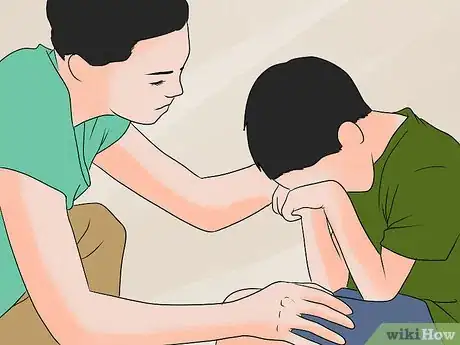



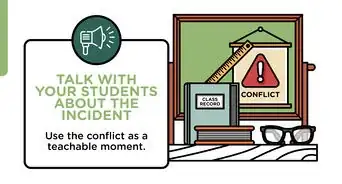
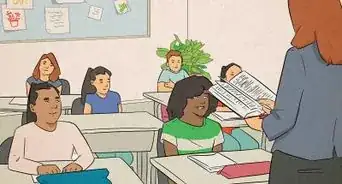





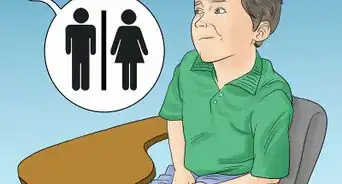

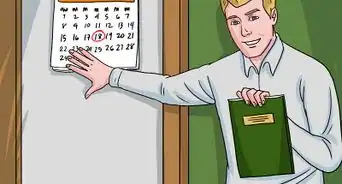











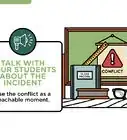




































Medical Disclaimer
The content of this article is not intended to be a substitute for professional medical advice, examination, diagnosis, or treatment. You should always contact your doctor or other qualified healthcare professional before starting, changing, or stopping any kind of health treatment.
Read More...